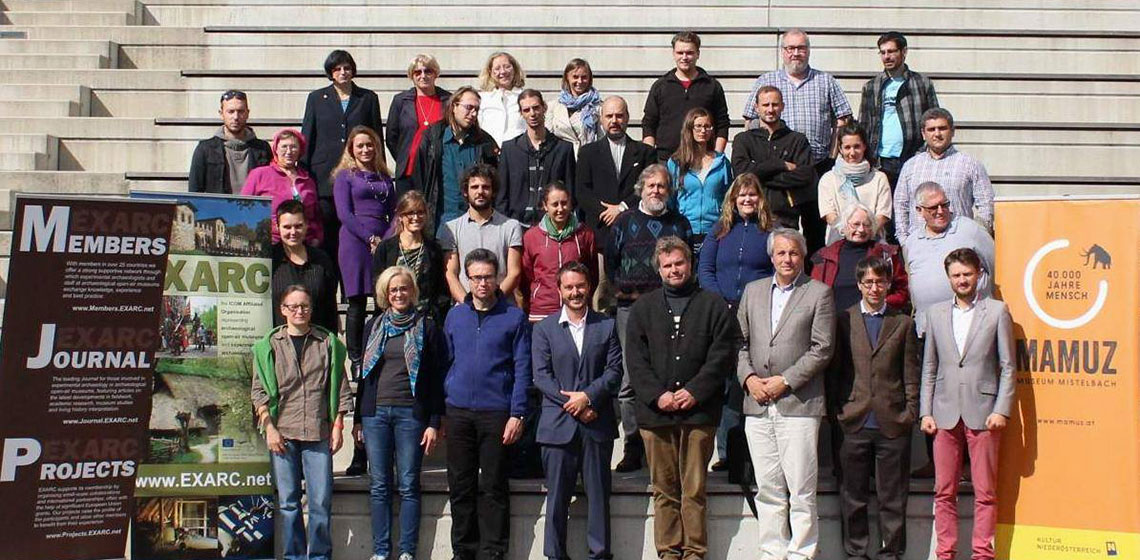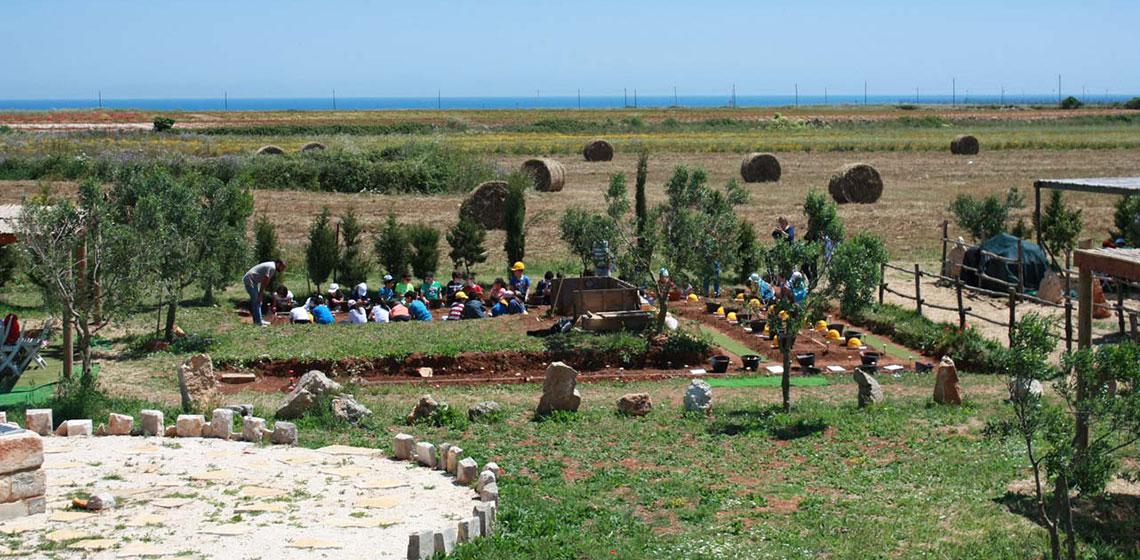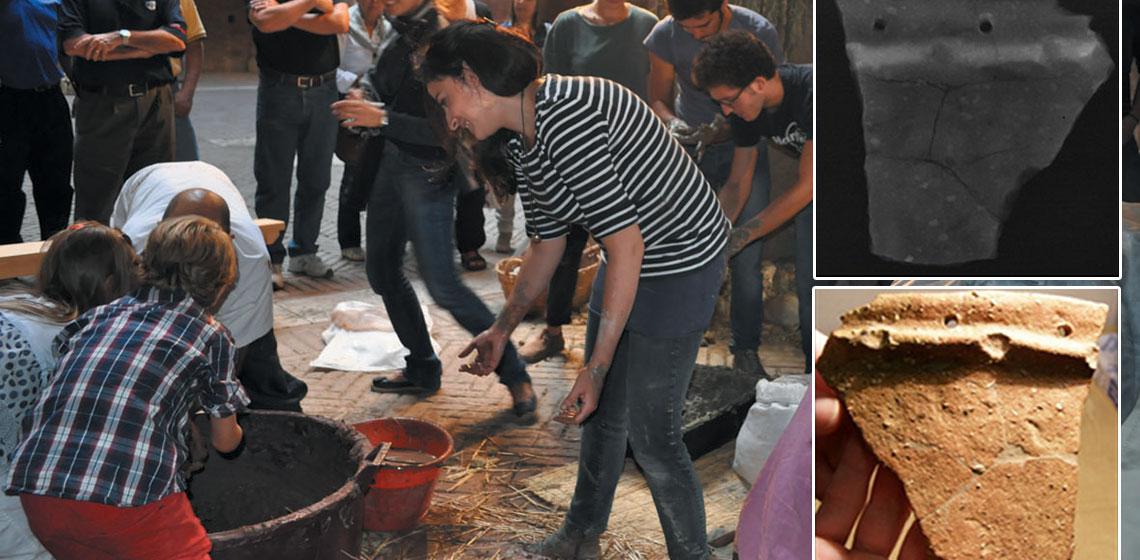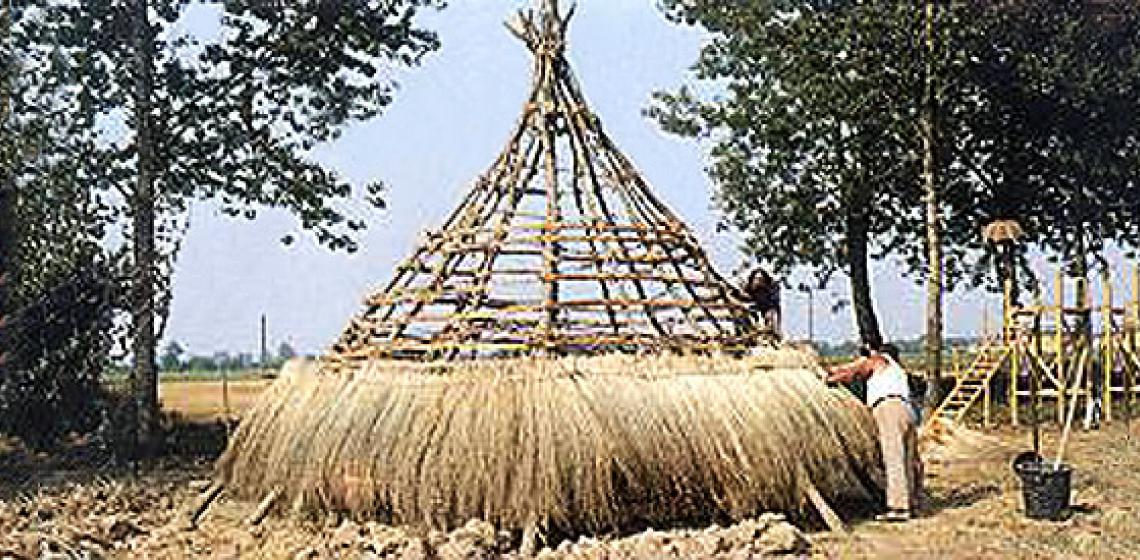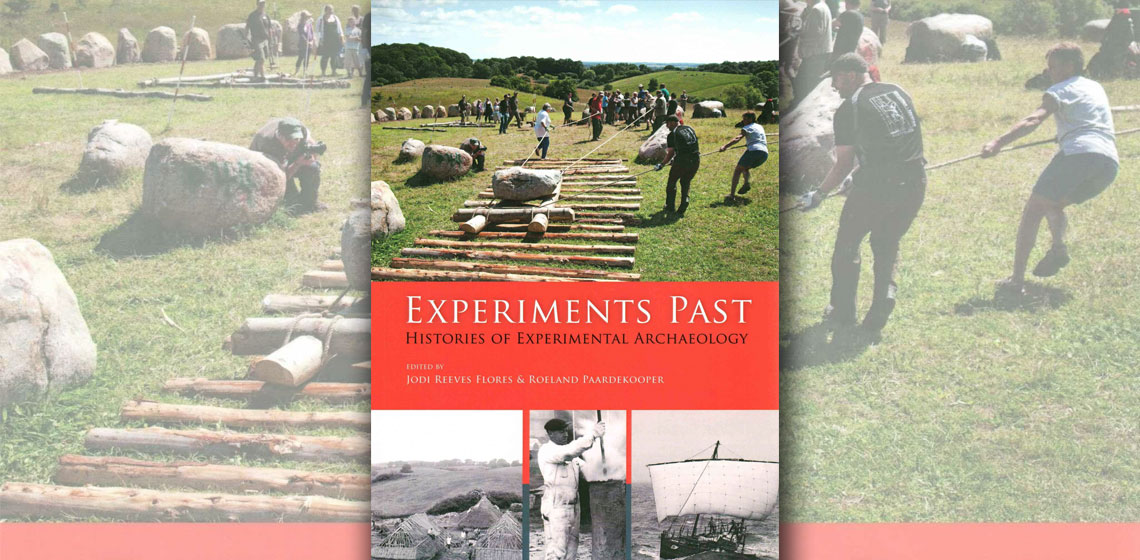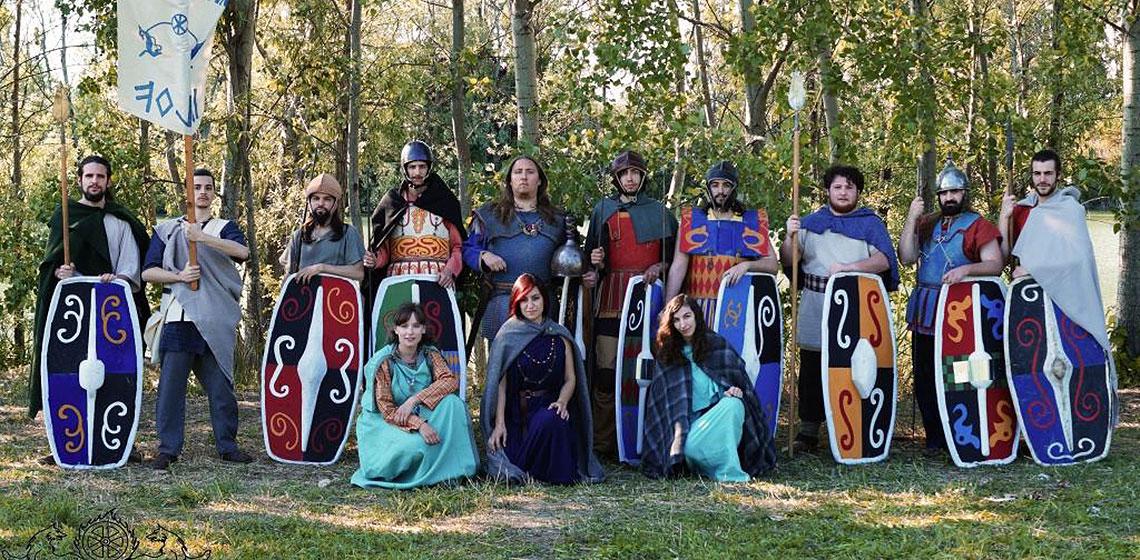Italy
Experiencing Visible and Invisible Metal Casting Techniques in Bronze Age Italy
***What we know about Bronze Age metalworking in Italy basically relies on finished artefacts and on stone, clay or bronze implements involved in the process of manufacturing (tuyères, crucibles, moulds, hammers, chisels, et cetera; Bianchi, 2010; Bianchi, in press).
OKRA "Tutti i colori della preistoria" (IT)
OKRA is an Archaeological Thematic Park that offers the reconstruction of a slice of Neolithic life as a didactic/educational instrument designed to learning of the oldest history of human being, through the trial and the knowledge of his routines and to the knowledge and comprehension about the delicate relationships between Man and Nature.
Roundtables at University College Dublin, January 2015
CRISP (IT)
Interuniversity Research Centre for The Study and Promotion of Prehistoric Cultures Technologies and Landscapes
The University of Siena, the University of Rome “La Sapienza” and the University of Tromsø (NO) signed an agreement for the establishment and operation of an Interuniversity Research Center for the study and promotion of Prehistoric cultures, technologies and landscapes - CRISP. The three Universities are involved in research activities related to Prehistory and they all are interested in study methodology based on Spatial analysis in archaeology, Experimental archaeology, Anthropology and Ethnography and diffusion of scientific knowledge by means of musealisation.
The University of Siena, the University of Rome “La Sapienza” and the University of Tromsø (NO) signed an agreement for the establishment and operation of an Interuniversity Research Center for the study and promotion of Prehistoric cultures, technologies and landscapes - CRISP...
Neolithic Hut Piadena (IT)
In 1985 the Italian Institute for Experimental Archaeology attempted a (re)construction of an early neolithic hut to test some archaeological features.
In 1985 a Neolithic Hut was (re)constructed in Piadena to test the negative archaeological features from excavations.
Asineria di Gombola (IT)
Set in the high Apennines, the Asineria di Gombola is a family and children friendly donkey farm. Among other activities, the iron age hut and kiln are the place to enjoy hands on activities on the past.
In the donkey farm set in the Apennines, the (re)construction of an iron age hut is the place to experience the past.
Book Review: "Experiments Past" Edited by Jodi Reeves Flores & Roeland P. Paardekooper
Investigating the Influence of the Kettle Material on Dyeing in the Industry of Pompeii
***Dyeing, especially in bright, intense colours, has been one of the methods used to embellish textiles and add to their value. A considerable dyeing industry can be shown to have existed in Pompeii. The city of Pompeii was destroyed in a volcanic eruption in AD 79, but its remains were preserved in situ...
Sippe Ulfson (IT)
Everything which is shown is precisely reconstructed after a long and detailed study on archaeological findings of the chosen area.
The Official Goal of our Institute is to showcase the Celtic tribe of Volcae Tectosages from the III centuries BC, the Germanic tribes between the 2nd century BC and the 2nd century AD, especially the Chatti tribe, and the Celt-Iberian warriors who were part of Hannibal Barca's army when he invaded Italian Penisula in the 218 BC. We show Living History from 2008 with weaponry, clothes, wool working, hygiene tools, potteries and all things to characterize the three periods we portray.

